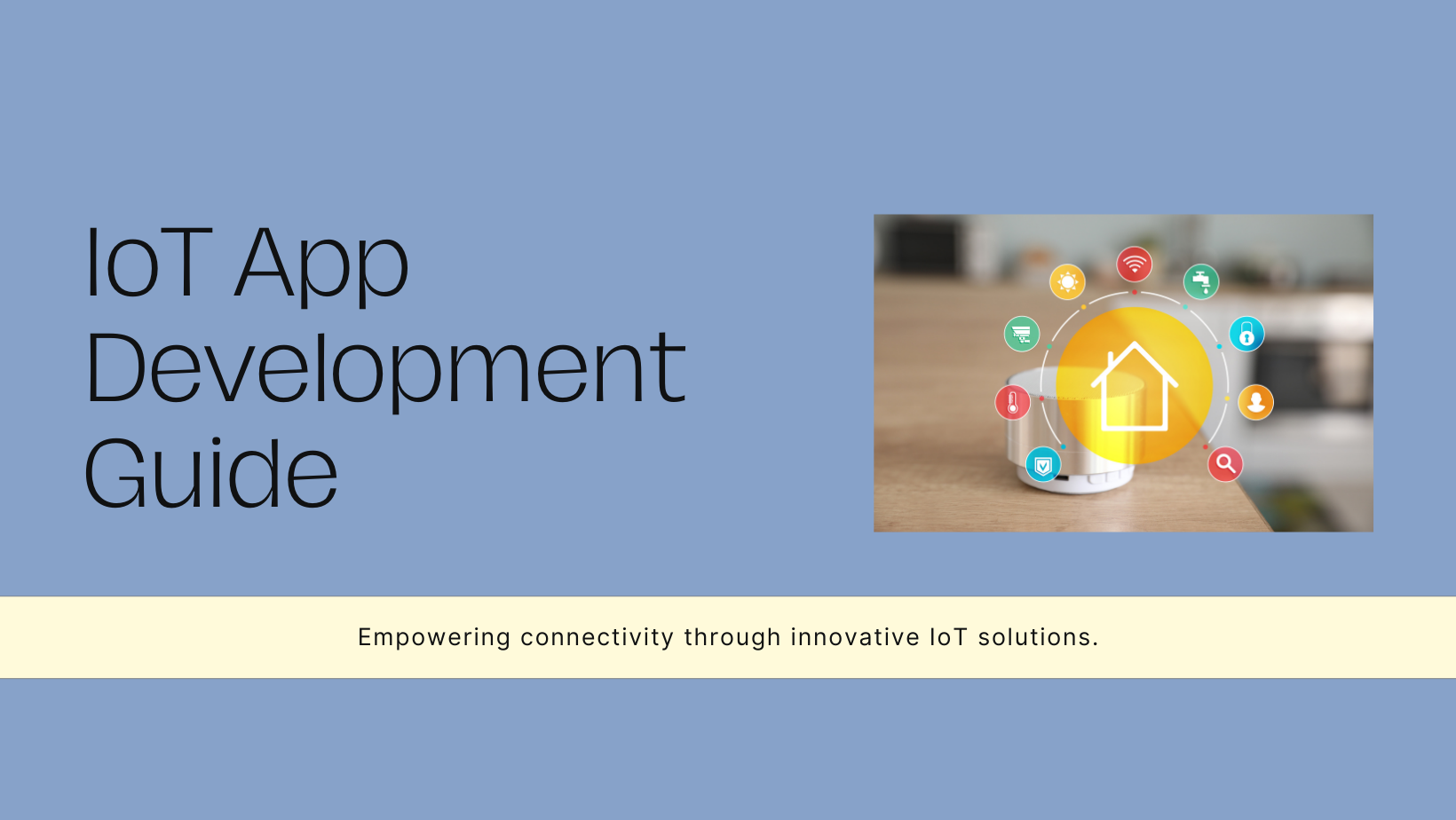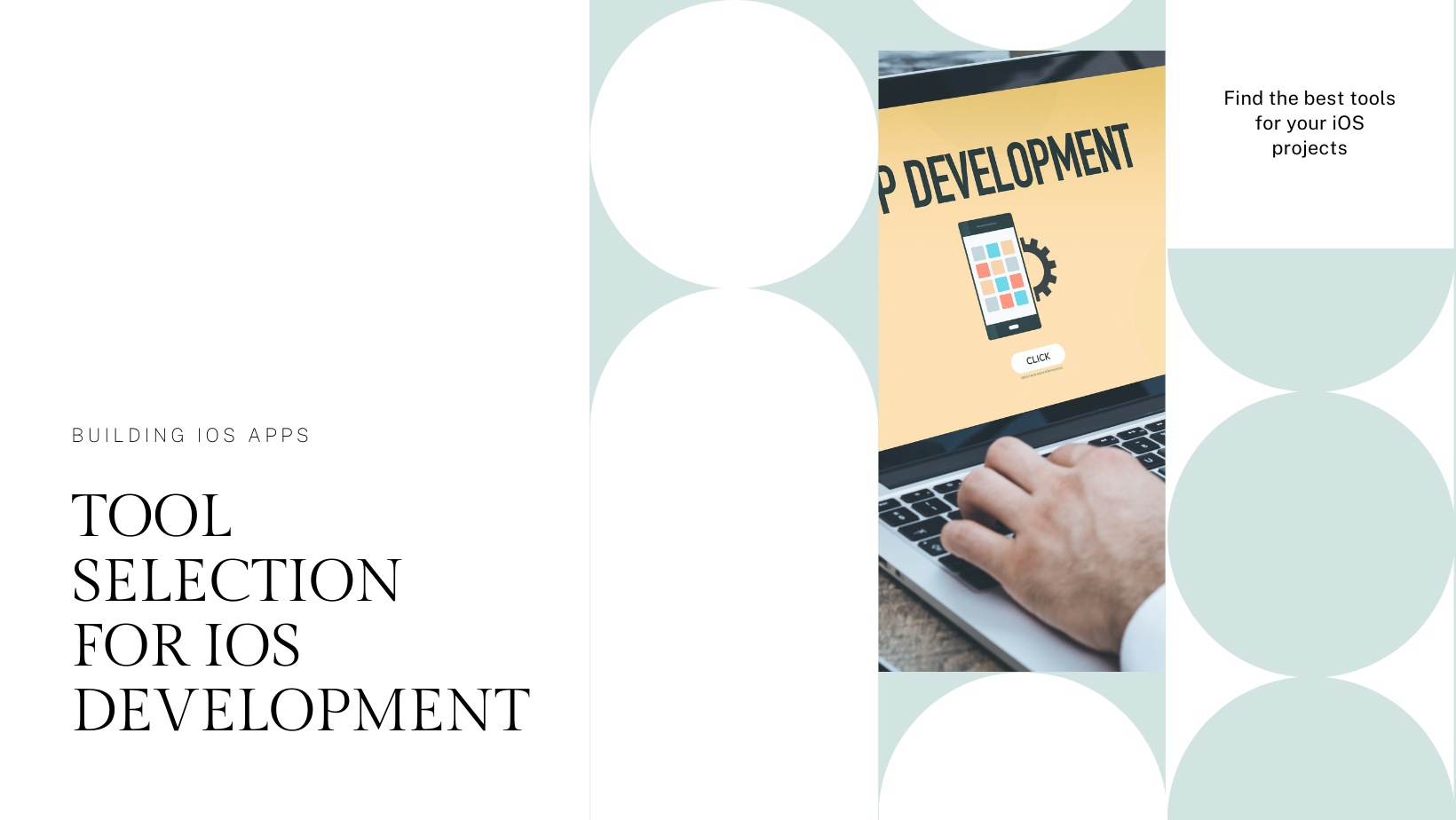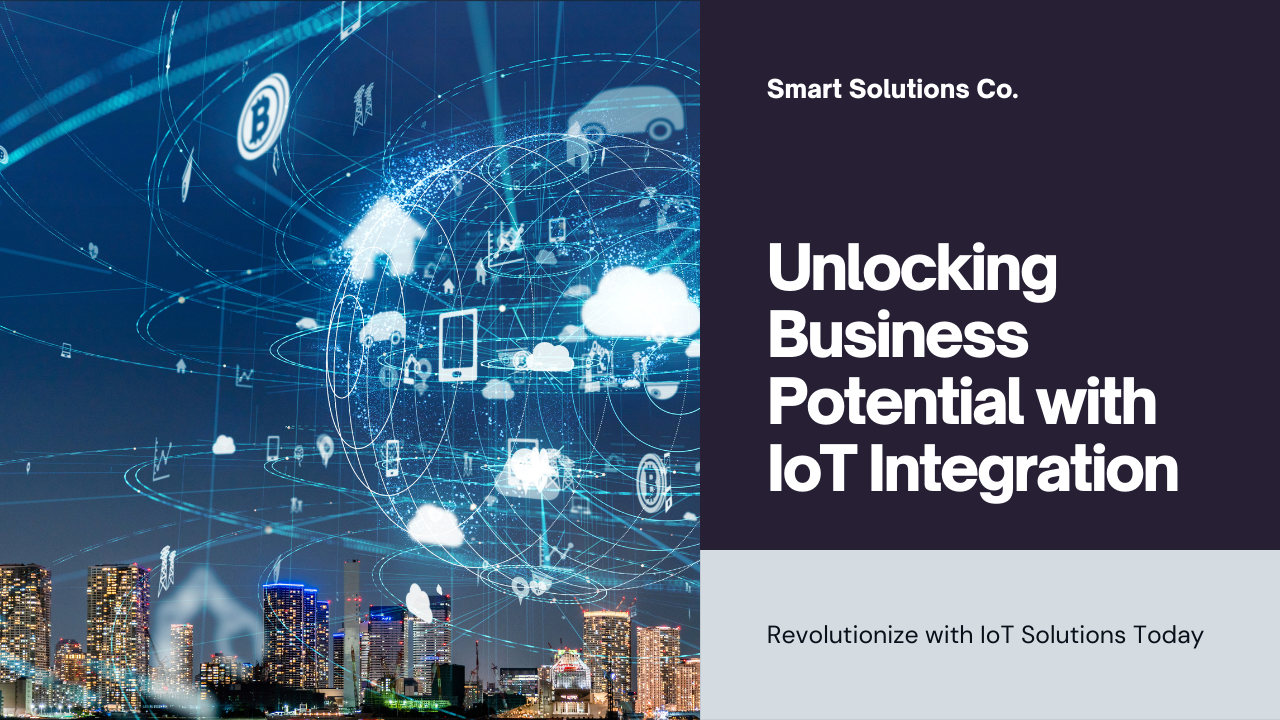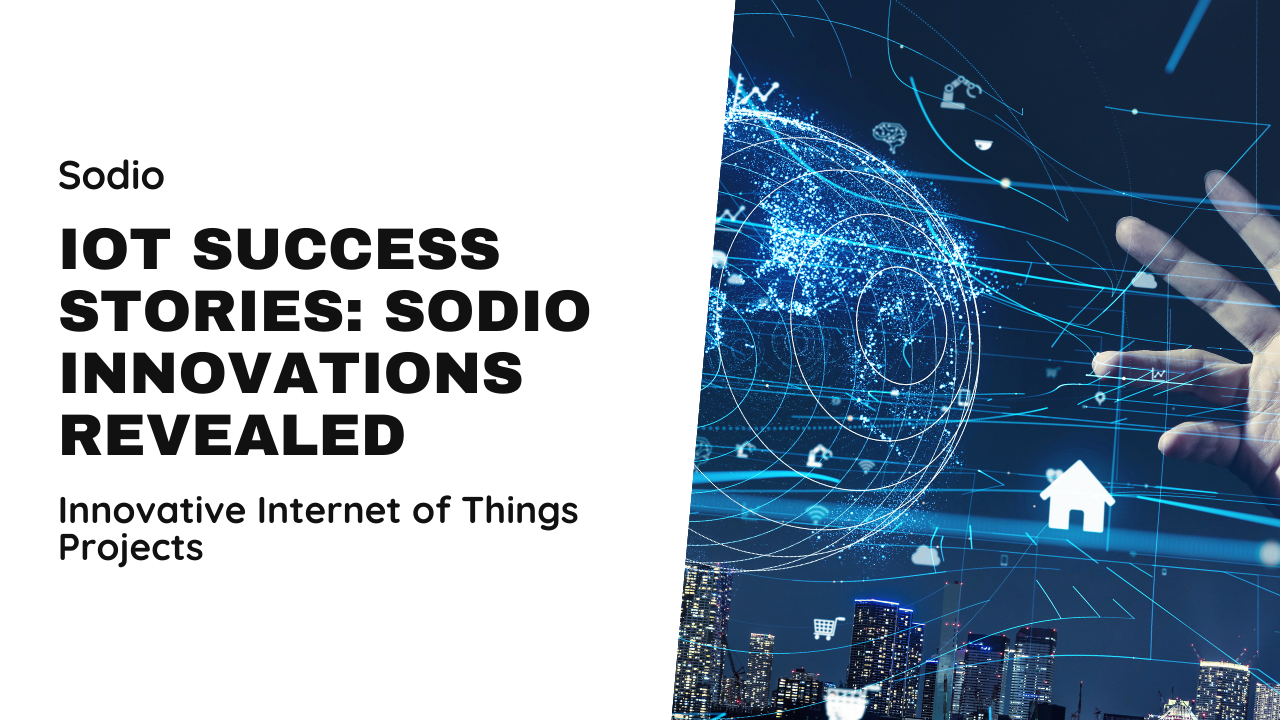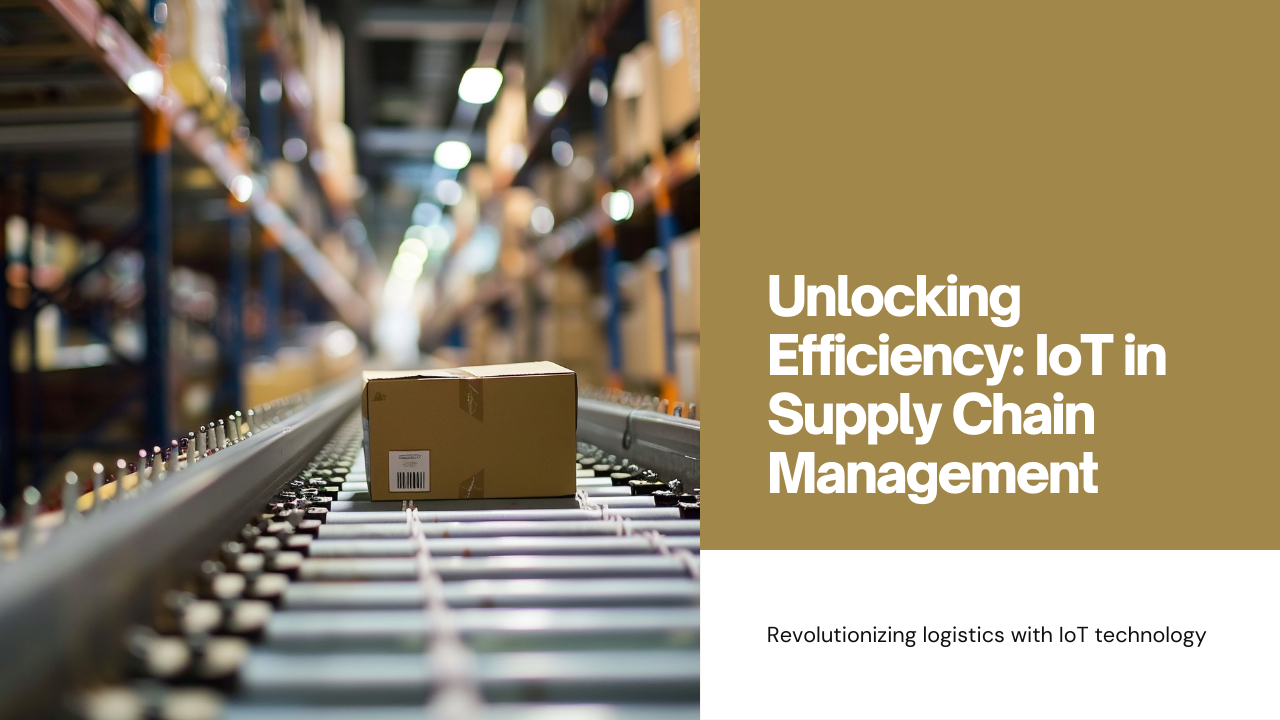Developing Internet of Things (IoT) applications involves integrating various technologies to create interconnected systems that collect, transmit, and analyze data. As businesses increasingly adopt IoT to enhance efficiency and drive innovation, understanding the steps involved in developing IoT applications is crucial. In this blog post, we will explore a comprehensive guide on how to develop IoT applications, covering key concepts, development stages, and best practices.
Understanding IoT Applications
IoT applications are software solutions that enable devices to communicate, exchange data, and perform tasks autonomously or in response to predefined conditions. These applications leverage sensors, actuators, connectivity protocols, and cloud services to collect and analyze data from connected devices. IoT applications span across industries, from smart homes and healthcare to industrial automation and agriculture, transforming how businesses operate and deliver value.
Key Components of IoT Applications
Before diving into the development process, it’s essential to understand the core components that make up IoT applications:
- Devices and Sensors: IoT applications rely on physical devices equipped with sensors to collect data from the surrounding environment. Sensors measure parameters such as temperature, humidity, motion, and location, providing real-time insights.
- Connectivity: Devices communicate with each other and with cloud services using various connectivity protocols, including Wi-Fi, Bluetooth, Zigbee, and cellular networks (4G/5G). Choosing the right connectivity solution depends on factors such as range, data rate, and power consumption.
- Cloud Infrastructure: IoT applications leverage cloud computing platforms to store, process, and analyze data collected from devices. Cloud services offer scalability, reliability, and computational power for handling large volumes of data and running complex analytics algorithms.
- Data Analytics and AI: Advanced analytics techniques, including machine learning and artificial intelligence (AI), are used to derive actionable insights from IoT data. Predictive analytics can anticipate trends, optimize operations, and enable proactive decision-making.
- User Interface (UI) and Visualization: A user-friendly interface allows users to interact with IoT applications, monitor device status, and visualize data analytics. UI design should prioritize usability, responsiveness, and accessibility across different devices and platforms.
Steps to Develop IoT Applications
Developing robust and scalable IoT applications involves a systematic approach, from planning and design to deployment and maintenance. Here are the key steps in the development process:
1. Define Use Case and Requirements
Use Case Definition: Identify the specific problem or opportunity that the IoT application will address. Define use case scenarios, user roles, and expected outcomes.
Requirements Gathering: Gather functional and non-functional requirements, including device capabilities, data processing needs, security requirements, scalability goals, and compliance with industry regulations (e.g., GDPR).
2. Select Hardware and Connectivity
Hardware Selection: Choose appropriate IoT devices and sensors based on the use case requirements. Consider factors such as sensor accuracy, power consumption, durability, and compatibility with chosen connectivity protocols.
Connectivity Options: Select the optimal connectivity solution (e.g., Wi-Fi, Bluetooth, LPWAN) based on range, data rate, latency, and power efficiency requirements. Evaluate network coverage and reliability for seamless communication between devices and cloud services.
3. Develop Embedded Software
Embedded Systems Programming: Develop firmware and embedded software to enable communication between IoT devices and sensors. Implement protocols for data transmission, device authentication, and error handling.
Sensor Integration: Integrate sensors with IoT devices and calibrate sensor data for accuracy. Implement algorithms for real-time data processing, filtering, and aggregation at the edge or within the device.
4. Implement Cloud Infrastructure
Cloud Platform Selection: Choose a cloud computing platform (e.g., AWS IoT Core, Microsoft Azure IoT Hub, Google Cloud IoT) that meets scalability, security, and data processing requirements. Set up IoT-specific services for device management, data ingestion, and analytics.
Data Storage and Processing: Design data pipelines to ingest, store, and process IoT data in real-time or batch processing modes. Implement scalable databases and data warehouses for storing historical data and performing analytics.
5. Integrate Data Analytics and AI
Data Analytics Pipeline: Develop analytics models and algorithms to extract actionable insights from IoT data. Implement machine learning models for predictive maintenance, anomaly detection, and optimization.
AI Integration: Integrate AI capabilities to automate decision-making processes, improve operational efficiency, and enhance predictive analytics. Train AI models using historical IoT data and continuously optimize model performance.
6. Design User Interface (UI/UX)
UI Design: Create intuitive and responsive user interfaces for web and mobile applications. Design dashboards, charts, and visualizations to present IoT data insights effectively.
UX Considerations: Prioritize usability, accessibility, and responsiveness across different devices and screen sizes. Conduct user testing and gather feedback to refine UI/UX design based on user preferences and behavior.
7. Implement Security Measures
Security Protocols: Implement robust security measures to protect IoT devices, data transmissions, and cloud infrastructure. Use encryption, authentication mechanisms, and access controls to prevent unauthorized access and data breaches.
Privacy Compliance: Ensure compliance with data protection regulations (e.g., GDPR, CCPA) by implementing privacy-by-design principles. Securely handle personal and sensitive data collected from IoT devices and provide transparency to users regarding data usage.
8. Test and Validate
Unit Testing: Conduct unit tests to verify the functionality of individual components, including IoT devices, firmware, and cloud services integration.
Integration Testing: Perform integration tests to validate end-to-end communication, data flow, and system interoperability across IoT components and cloud infrastructure.
Performance Testing: Evaluate system performance under normal and peak loads to ensure scalability, reliability, and responsiveness of IoT applications.
9. Deploy and Monitor
Deployment Strategy: Plan deployment schedules and strategies for rolling out IoT applications in production environments. Automate deployment processes to ensure consistency and minimize downtime.
Monitoring and Maintenance: Implement monitoring tools and alerts to track IoT device health, performance metrics, and security incidents. Establish maintenance procedures for updating firmware, applying patches, and troubleshooting issues proactively.
Best Practices for Developing IoT Applications
To ensure successful development and deployment of IoT applications, consider the following best practices:
- Adopt Agile Development: Embrace agile methodologies to iteratively develop and test IoT applications, incorporating feedback from stakeholders and adapting to changing requirements.
- Focus on Scalability: Design IoT architectures that can scale horizontally and vertically to accommodate growing numbers of devices, data volumes, and user interactions.
- Prioritize Data Security: Implement defense-in-depth security measures at every layer of the IoT stack, from device firmware to cloud infrastructure, to protect against cyber threats and data breaches.
- Promote Interoperability: Standardize communication protocols and data formats to ensure interoperability between different IoT devices, platforms, and third-party systems.
- Monitor Performance and Analytics: Continuously monitor IoT application performance metrics, user engagement, and data analytics to identify optimization opportunities and enhance user experiences.
- Engage with IoT Community: Stay updated with industry trends, attend conferences, and participate in IoT communities to exchange knowledge, share best practices, and collaborate on innovative solutions.
Conclusion
Developing IoT applications requires a multidisciplinary approach, combining hardware engineering, software development, cloud computing, data analytics, and cybersecurity. By following a systematic development process, adhering to best practices, and leveraging advanced technologies, businesses can create scalable, secure, and innovative IoT solutions that drive operational efficiencies and deliver value to customers.
At Sodio Technologies, we specialize in developing cutting-edge IoT applications tailored to meet your business objectives. Whether you’re looking to optimize operations, improve customer experiences, or drive innovation, our expertise in IoT development can help you achieve your goals. Contact us today to learn more about our IoT services and how we can partner with you in your digital transformation journey.
